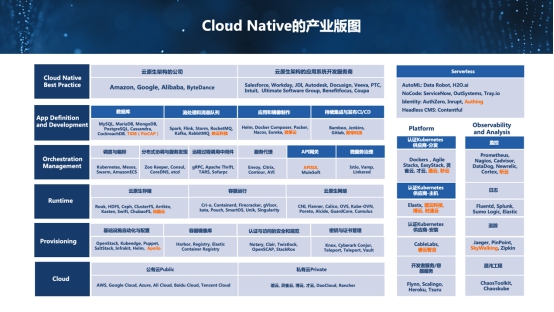|
Introduction: In recent years, 3D printing has emerged as one of the most groundbreaking technologies in the field of manufacturing. Also known as additive manufacturing, 3D printing enables the creation of three-dimensional objects by layering materials based on digital designs. This article explores the immense potential and transformative impact of 3D printing technology. Advancements in Design and Prototyping: One of the key advantages of 3D printing is its ability to rapidly prototype and iterate designs. Traditional manufacturing methods often involve costly and time-consuming processes, but with 3D printing, designers can quickly convert their concepts into tangible prototypes. This accelerates the product development cycle, allowing for more efficient design iterations and reducing time to market. Customization and Personalization: 3D printing empowers individuals and businesses to create customized products tailored to specific needs. Whether it's personalized jewelry, prosthetics, or even architecture, 3D printing makes it possible to manufacture unique items with intricate details and complex geometries. This level of customization offers new opportunities across various industries, from healthcare to fashion. Manufacturing Complex Structures: The additive nature of 3D printing allows for the creation of complex structures that would be otherwise difficult or impossible to manufacture using traditional methods. With 3D printing, intricate internal cavities, overhangs, and interlocking parts can be produced with ease. This opens up new avenues in fields such as aerospace, automotive, and medical implants, where lightweight and intricate components are crucial. Supply Chain Optimization: 3D printing has the potential to disrupt traditional supply chain models. Instead of relying on centralized manufacturing facilities and shipping products worldwide, 3D printing enables local production on demand. This reduces transportation costs, eliminates excess inventory, and minimizes the environmental impact associated with long-distance shipping. Additionally, spare parts can be printed on-site, eliminating the need for large warehouses and reducing downtime. Sustainability and Waste Reduction: Traditional manufacturing processes often generate significant waste through subtractive methods. In contrast, 3D printing is an additive process that minimizes material waste by only using what is necessary to build the object. Furthermore, 3D printing allows for the use of eco-friendly materials, such as biodegradable plastics and recycled filaments, further contributing to sustainable practices in manufacturing. Conclusion: The impact of 3D printing on technology cannot be overstated. From revolutionizing design and prototyping to enabling customization, complex structures, and optimizing supply chains, this transformative technology has the potential to reshape various industries. As 3D printing continues to evolve and become more accessible, we can expect even greater innovation and advancements in the years to come.  |
